Before I got into caring for my own flock as a homesteader, my understanding of chicken eggs was pretty much unchanged from childhood. There were the white ones that I could buy in a Styrofoam package at the Mega-Mart, and the brown ones that my dad sometimes brought home from his friend “in the country.”
Now that I’m older and more experienced, I have discovered that eggs come in more colors than I imagined: pink, green, speckled, or deep, chocolate brown. Nothing intrigues me more, however than chickens that lay blue eggs, like the ones that I pull out of our coop daily: beautiful, pearly, blue eggs from my personable Easter Egger hens.
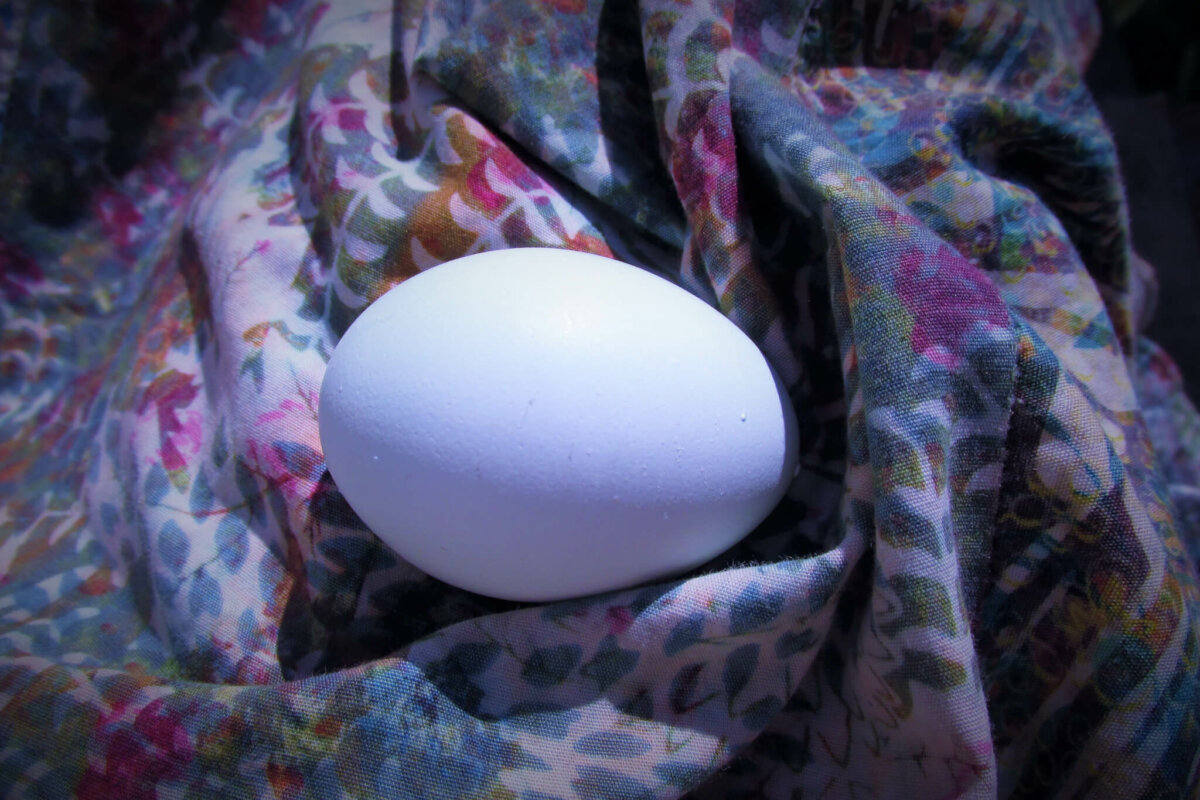
Blue eggs are really no different, nutritionally, from the russet brown eggs that my faithful Rhode Island Red birds lay, or the creamy, tan eggs that my bossy Sussex churns out, but let’s be honest. There’s something just … special about eggs the color of the sky.
Related Post: Chicken Breed Guide
If you’re looking to make collecting eggs a visual adventure, why not add some blue egg layers to your flock? Children are sure to be delighted with a palette of colors to choose from as they learn to care for the chickens, and if you sell eggs at the market, you’ll definitely have an edge with your colorful clutches. Read on to learn more about the noteworthy chickens that lay blue eggs.
Araucana
It all starts in Chile. Delve into the poultry population of this South American country on our blue-egg journey, and you’ll come up with two specific native breeds. On one hand is the Collonocas, a blue egg-laying chicken with no natural tail. On the other hand is the Quetros, a brown egg-laying bird with both a tail and unusual ear tufts around its face — feathers that curl up from its head like the most luxuriously maintained 19th-century mutton chops.
Why these weird features? No one really knows for sure. There’s speculation that 1800s trade routes brought blue egg-laying birds from Asia to Chile where they gained popularity for obvious reasons. Now bring those two hands together, and you have yourself the start of the Araucana — a tufted, tailless, blue egg-laying bird, and the modern source of the blue-egg gene.
The Araucana Indians of Chile formulated such a bird, in part, because the lack of tail made the chicken harder for predators to catch. This unique creature didn’t make it to the United States until many decades later when it was refined into a true breed (and finally recognized by the APA) in the late ’70s.
Araucana Characteristics and Personality
These unusual fowl are featured both as egg-laying birds and show birds, though getting a picture perfect Araucana is certainly an art form that takes lots of breeding practice. Exhibition standards favor symmetrical ear tufts. Since only one in about every four or five birds has the tufts, finding the perfect tufts will be an endeavor!
Araucana chickens are on the smaller end of the spectrum with the rumpless roosters hitting around 5 pounds and their sparse-bottomed hens around 4 pounds. With a smaller size, they are decent flyers (for a chicken, anyway). They produce about 250 teal or blue eggs a year, giving you a lot of production from a fairly bitty bird.
Decently hardy in cold and heat (with a small pea comb), Araucanas are also dedicated foragers. Personality-wise, they are intelligent, alert, friendly, and certainly make for a conversation piece in a mixed flock.
Related Post: Araucana
There are two main downsides to Araucana chickens. The first being they are difficult to come by reputably. Your best bet for getting a good-quality bird is to find a dedicated breeder. The surge of popularity in novelty colored eggs has led to the production and sales of many birds called Araucanas that may not be so.
The second downside is genetic. The gene that produces the characteristic ear tufts is linked with a high mortality-in-the-shell rate. About one out of every five chicks dies before hatching. So if you’re into the blue eggs, but don’t want to hatch a bunch of duds, hang on. There’s more to explore.
Ameraucana
Derived from the Araucana, the Ameraucana shares the blue egg gene with its Chilean progenitor, but not the lethal trait that kills off chicks in the shell. It looks different, too. The American Aurcana has slate-blue legs, is bearded and muffed, has a tail, and quite notably, no ear tufts — again, lacking the associated gene.
Ameraucana Characteristics and Personality
Ameraucanas can be kept as egg-producing birds or as exhibition stock. They do well as both. You should expect around three medium-sized eggs a week from your birds, as well as plenty of affection from these fun, affable fowl. They grow a bit larger than their ancestors.
Related Post: Ameraucana
The cocks usually reach a solid 7 pounds and hens grow to about 6 pounds. With their pea combs and fluffy feathering, they should take winter in stride, but they may be a little sensitive to summer’s heat. Be sure to give them a shaded run during the hottest parts of the year.
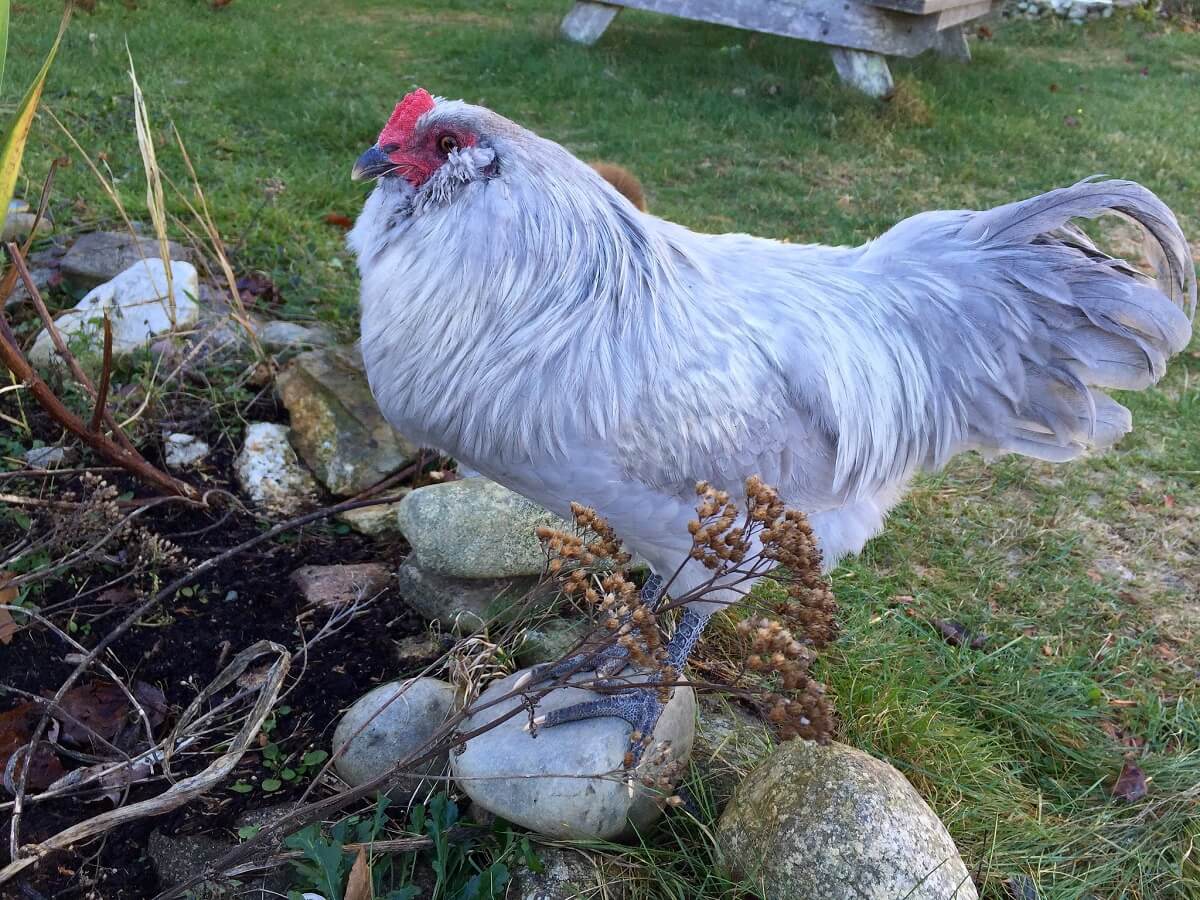
Ameraucanas are a breed, meaning they have been recognized by the APA and reproduce true-to-type. They are not as rare as Araucanas but are still generally hard to find. At the current time, they are only available from official breeders.
Watch Out For “Americana” Chickens
Keep spelling in mind if you ever see Americanas being sold at your local feed store. The misspelled name and low-ish price are a tip-off that you’re probably being sold Easter Eggers.
The store may not be malicious, just misinformed, but online sellers are often scamming you — offering you cheap cheepers at prime prices and hoping you won’t catch on to their bluff. If you do decide to bring your birds into the show ring, be sure you have real Ameraucanas, or you may be heading home red-faced.
Want to find bits of the sky in your nesting basket but not worried about breeding true-to-type? I can see you’re an adventurous sort. The next chicken in our list will be just your box-o-chocolates.
Easter Egger
The Easter Egger is a hybrid chicken — a cross between a blue egg-layer and any other chicken. What results is a fantastically variable bird, every one with their own specific egg color and unique assemblage of features and colors.
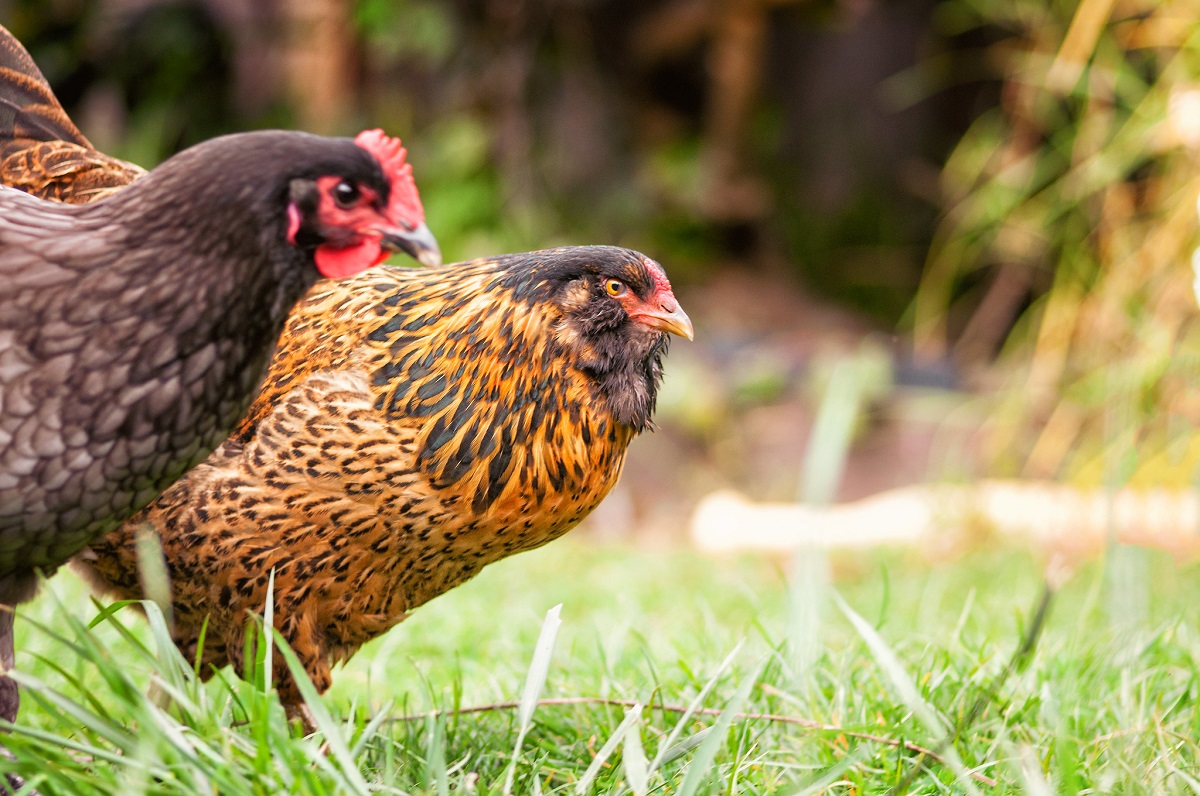
EE chickens (as they are sometimes referred to online) aren’t a true breed, so hatching their eggs will further the random mix you’ll be sure to find. As a hybrid, they can’t be shown as exhibition birds. There are too many variables to have a standard to judge.
Easter Egger Characteristics and Personality
Typical appearances include beards, muffs, pea-combs, and willow-green legs, but you will always have an exception to the rule in your band of birds. As far as plumage goes, their color is anyone’s guess which is part of the fun! Generally, they are on the smaller side, and reach around 5 pounds as hens and 6 1/2 pounds as roosters.
Related Post: Easter Eggers
Easter Eggers don’t always make blue eggs. Sometimes they come out brown, pink, or even green. As a result of their muddled parentage, it’s impossible to truly determine how many eggs they’ll lay in a year. That said, at least 200 medium-large eggs is a reasonable estimate. You’ll just have to sit back, watch, and find out for yourself.
What they lack in predictability, however, they more than make up in personality and vigor. EE chickens are typically friendly, and without a standard of perfection to dictate how they should be bred, they’re usually incredibly healthy, too.
But maybe you want a little more predictability with your chickens. Wouldn’t it be nice to know which chick was a blue egg-producing hen in the making and which was a rooster? Enter the Cream Legbar.
Cream Legbar
The Cream Legbar is a specific iteration of the broader spectrum of the Legbar breed, with the notable distinction of being an auto-sexing bird that lays blue eggs. The other recognized forms of Legbar — the gold and silver — do not lay blue eggs or have auto-sexing chicks (even though they are decent laying birds).
The Cream Legbar is a relatively recent British breed with a touch of Araucana in its ancestry to give its eggs the distinctive cerulean hue. It also features an unusual little crest and somewhat floppy single comb atop its head that is lovingly referred to in some circles as a “beret accented with flowers.”
Cream Legbar Characteristics and Personality
Producing around 250 medium-to-large eggs a year, this breed is medium in size. They rarely go broody, so each 5 ½-pound hen should be providing you with plenty of blue eggs around the year. The active roosters are apparently excellent at watching over the flock which is a plus for keepers who decide to free-range their birds. This breed is an excellent forager, but a little noisy and flighty, so it’s best for folks with enough space to let them do their thing in a way not annoying to neighbors.
Related Post: Legbar
Sometimes also referred to as the Cotswold Legbar, this breed is still relatively new to the United States, so getting your hands on a good strain may be difficult. The best advice is to go through the most reputable breeder you can find. Though backyard-produced or Craiglist-found poultry may be perfectly fine for people not looking for a hen to show, it’s worth knowing that many poorly-bred Cream Legbars have lost the auto-sexing trait, and may even lose their ability to lay blue eggs.
Though these four chicken breeds and hybrids are the most popular when it comes to producing homegrown blue eggs, they’re not the only ones. If you spend enough time on the Internet researching blue egg-laying breeds (that’s what we all do on a Friday night, right? … right?) you may come across a few additional, lesser-known chicken breeds or designer hybrids that are capable of producing blue eggs.
Many of these are quite recently developed — probably in step with the relatively recent surge in interest for homegrown flocks. While some may not be widely available, they’re still interesting.
Arkansas Blue
I haven’t found much about this chicken beyond its name and a few photos because it is still being developed, but Arkansas Blue supposedly features a pea comb, no muffs, tufts, or beards, and, of course, blue eggs.
Whiting True Blue
A new true breed only recently developed, these clean-faced birds will lay blue eggs and are apparently not very broody.
Designer Breeds
You’ll find many hatcheries offering the equivalent of the Goldendoodle. An exclusive combination of chicken that, while a hybrid, can offer unique traits and vigorous health to the backyard coop. Among some blue egg possibilities are the following:
- Ice Cream Bars are a hybrid of the Cream Legbar and Isbar chickens.
- Favaucanas are a mix of the Faverolles and Araucana.
- Skyline Chickens are a hybrid of Cream Legbars and Colombine Hybrids.
Indigenous Chinese Breeds
I was able to find mention of several blue egg-laying breeds that can be found in various provinces of China, but it is difficult to find much more information about them beyond scientific journals analyzing their genetics. You’ll be tantalized by names like the Lushi Blue, Dongziang Blue-Shell, and Jingmen Blue — wondering if they’ll ever make it to prominence in breeding circles beyond their native China!
Perhaps, locked up in the histories of these birds, is the true secret to the origin of the blue egg. Some rumors I’ve read imply the blue egg gene was derived from hybridizing pheasants and chickens — both Asian birds with a long history of domestication. However it happened, there’s no denying that those of us enjoying blue egg-layers are happy they’re here.
What Makes The Eggs Blue?
Chicken eggshells start out white while being formed. Then, while sitting in the shell gland pouch of the hen’s reproductive tract before they’re laid, brown pigmentation is applied. Carefully scratch any freshly-laid, brown egg, and you should be able to remove this layer of pigment.
Blue eggs, however, are an exception to this typical pattern. Rather than having their color “painted on” before being laid, the color itself is part of the eggshell. Believe it or not, the blue color is due to a benign retrovirus! The clear-sky hue is actually a pigment from the liver (called oocyan for those interested) that is deposited in the eggshell itself — rather than over it — as the shell forms.
Is It Possible To Tell What Color Egg A Chicken Will Lay?
Some general chicken knowledge says that you can tell the color of a chicken’s eggs by looking at its earlobes. Chickens with white earlobes generally lay white eggs, and chickens with red earlobes typically lay brown eggs. But blue eggs? Not as easy to predict. Silkie chickens, for example, feature blue earlobes but produce tinted eggs.
Related Post: Egg Substitutes For When The Chickens Have Stopped Laying
Even though all three of my Easter Eggers make blue eggs, only one of my Easter Egger chickens has a bluish tinge to her earlobes in the spring. The other two have lobes as red as the rest of my brown egg-laying flock. The only real way to know exactly what color egg a chicken will produce is to patiently wait until she is old enough to lay.
So are you considering spicing up the colors in your collecting baskets? What stories do you have to share from your blue egg layers? Let us know in the comments below!



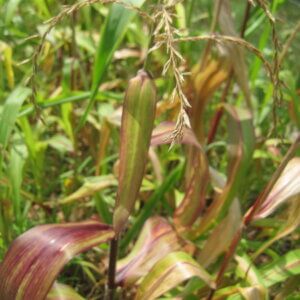


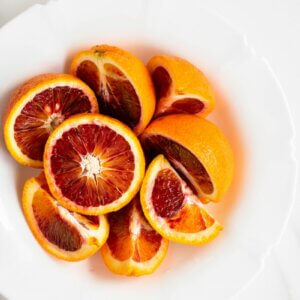









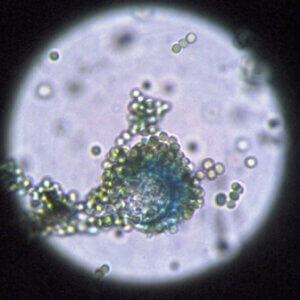
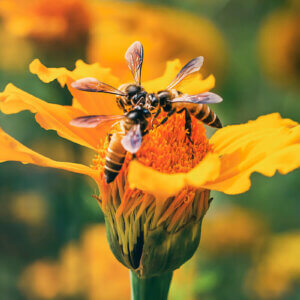








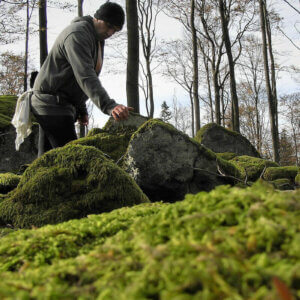

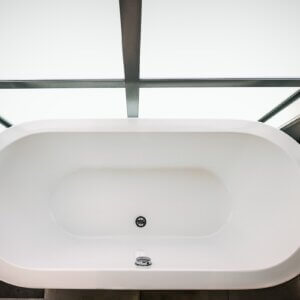
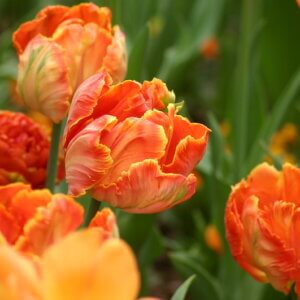


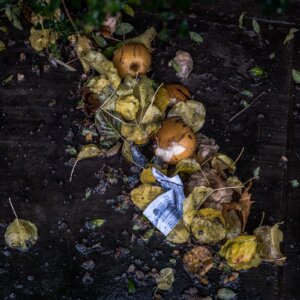



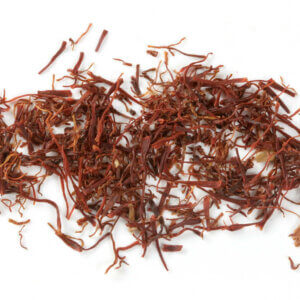
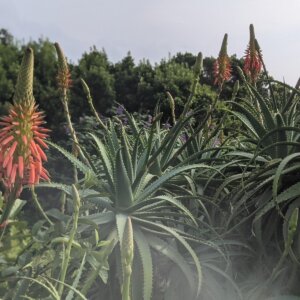
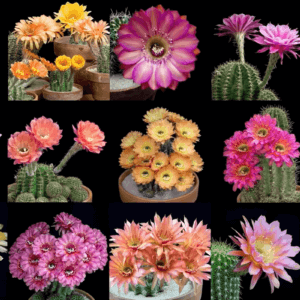
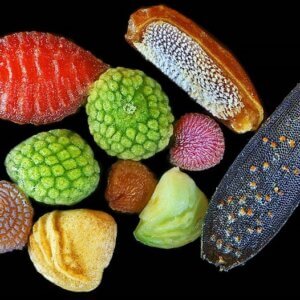


How do I get fertile eggs to look like the photo above.
With much appreciation and gratitude,
sylvia 530-913-8668
Hello, Sylvia! I’m not completely sure what your question is–if you’re looking for blue eggs to hatch in an incubator, you can often find “hatching eggs” locally–your local feed store or local craigslist (or the craigslist of a rural area nearby) is a good place to start. If you’re looking to get fertile blue eggs from your birds, any of the breeds listed in the article are a good way to start–just make sure you have a rooster!
It’s wonderful to escape from the confines of city life and its dependence!
Organic farming and raising animals in a humane manner is the key to sustainability!